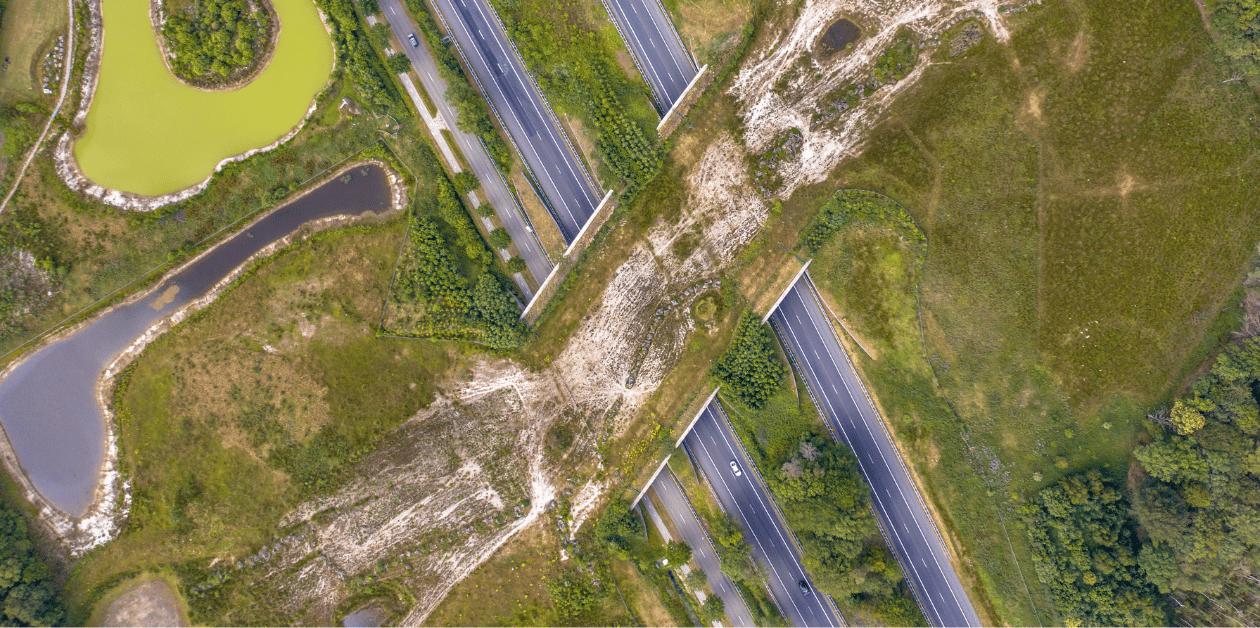
Wildlife Crossings: A Win for Animals and Drivers in Virginia
Wildlife crossings improve connectivity and reduce dangerous and costly wildlife-vehicle collisions.
Every year, thousands of animals are killed on Virginia’s roads, and countless vehicle accidents result from wildlife collisions. Deer, black bears, turtles, and other species face increasing danger as highways cut through their habitats.
That’s why the recent decision to allocate $450,000 in state funding for wildlife crossing projects is such a significant victory. These funds will support the planning and construction of wildlife overpasses, underpasses, and fencing in key areas across the Commonwealth.
One of the most dangerous hotspots is Interstate 64 near Afton Mountain, where animal-vehicle collisions are frequent and deadly. Planned wildlife crossings here aim to reconnect fragmented habitats and reduce accidents.
Wildlife crossings work. In states like Florida and California, such structures have reduced collisions by up to 90%. They also help species maintain genetic diversity by allowing safe movement between habitats.
The initiative is backed by a diverse coalition of scientists, conservation groups, transportation experts, and lawmakers. Their goal: make Virginia a leader in road ecology and wildlife safety.
This effort is more than an environmental win—it’s a public safety measure and a cost-saving move. Fewer crashes mean lower medical bills, vehicle damage, and insurance premiums. With continued investment, Virginia’s roads can become safer for all—wild and human alike.
Virginia was one of the eastern states to adopt the WCAP. The Wildlife Corridor Action Plan (WCAP) is a strategy to identify and protect wildlife habitats that connect fragmented areas, allowing animals to move safely between them. Virginia, among other states, has developed a WCAP to address wildlife-vehicle collisions and promote habitat connectivity. The plan aims to reduce accidents, protect biodiversity, and enhance resilience to climate change by improving road safety and facilitating wildlife movement.
Learn more about what Wild Virginia is doing to connect fragmented habitat here.